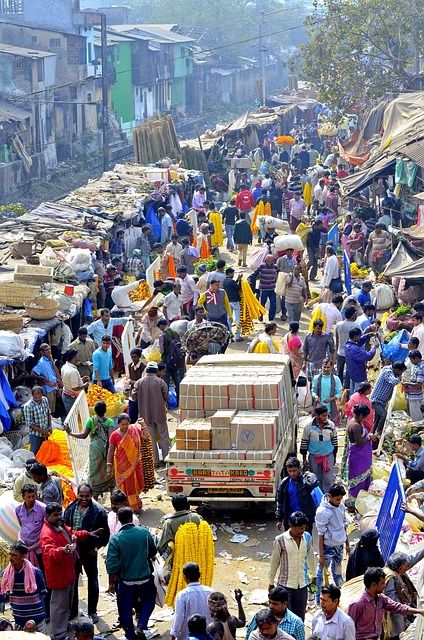Global population to rise by 2 billion over next 30 years, says new UN population report

By 2050, there will be 9.7 billion people living on Earth, according to the latest UN World Population Prospects 2019. However, the overall growth rate will continue to fall, and more countries will need to adapt to the consequences of aging populations.
The report, which provides a comprehensive overview of global demographic patterns and prospects, indicates that India will have the highest population increase between now and 2050, overtaking China as the world’s most populous country.
Nigeria, Pakistan, the Democratic Republic of the Congo, Ethiopia, Tanzania, Indonesia, Egypt, and the US are also expected to show large increases, with the population of sub-Saharan Africa predicted to almost double by 2050.
But, a slowing global fertility rate means the population size of an increasing number of countries is actually falling. Twenty-seven have seen a drop in population size of at least 1% since 2010, because of persistently low fertility rates. That number is expected to expand to 55 countries by 2050, with almost half experiencing a drop of at least 10%.
In her IZA World of Labor article, Elizabeth Brainerd says that the most effective approach for policymakers trying to stem the population loss and changes in population age structure resulting from declining fertility “is likely to combine well-crafted pronatalist policies with openness to increased immigration.”
High emigration rates are a major reason for population change in some regions: Bangladesh, Nepal, and the Philippines are seeing the largest outflows as a result of the demand for migrant workers; and Myanmar, Syria, and Venezuela are seeing the largest outflows due to violence, insecurity, or armed conflict. For countries where the population is falling, immigration is expected to fill the gaps, particularly in Belarus, Estonia, and Germany.
According to Liu Zhenmin, UN Under-Secretary-General for Economic and Social Affairs, “Many of the fastest growing populations are in the poorest countries, where population growth brings additional challenges.” Such challenges include eradicating poverty; combating hunger and malnutrition; embedding greater equality; and improving health care and education. The UN report is a “roadmap” that shows where action and interventions should be targeted.
As well as challenges, growth is also providing opportunities in developing economies where reductions in fertility mean the working-age population (aged 25–64) is growing faster than other cohorts, which could lead to faster economic growth. The report recommends that governments make use of this “demographic dividend” to invest in education in health.
With one in six people around the world predicted to be aged over 65 by 2050—in Europe and Northern America that ratio could be one in four—countries will be faced with higher costs for public health, pensions, and social protections systems.
Marek Góra says, in his IZA World of Labor article, “Governments need to make pension systems more transparent and make adjustments to reduce the burden on workers, returning the pension system to its social role, which is helping the very old without overburdening the young.”
The full UN report can be found here.
Read more IZA World of Labor articles on aging and immigration.